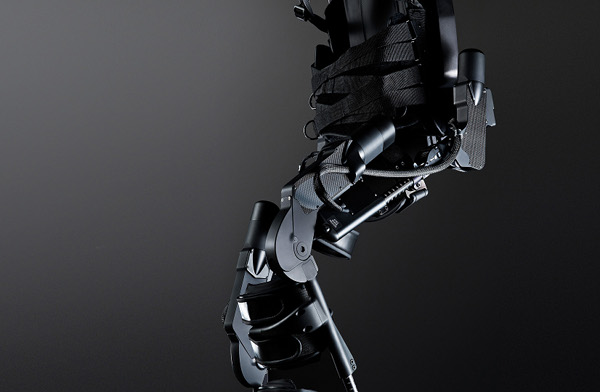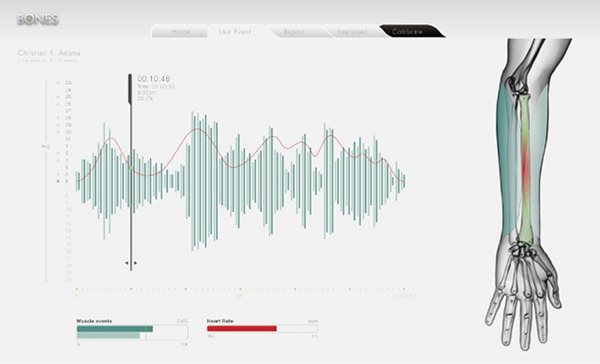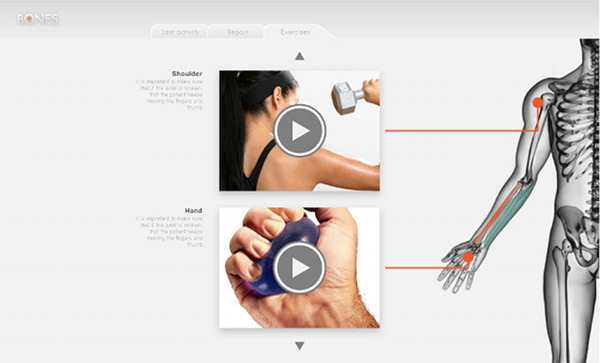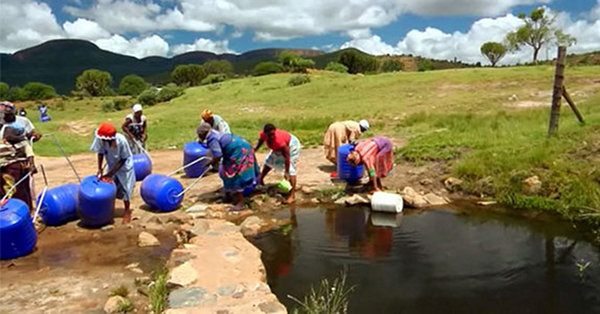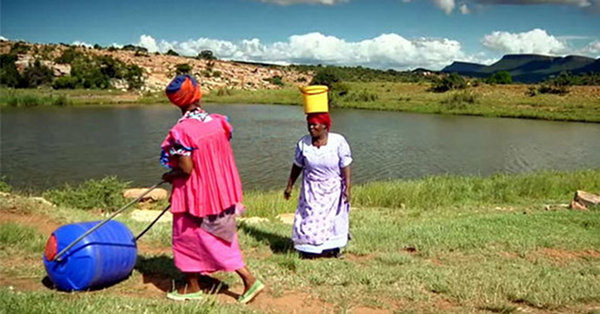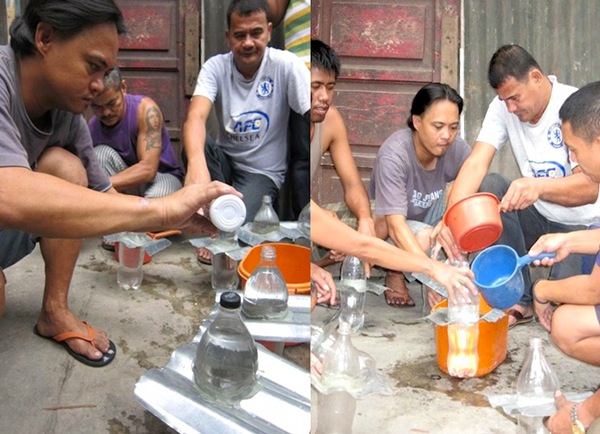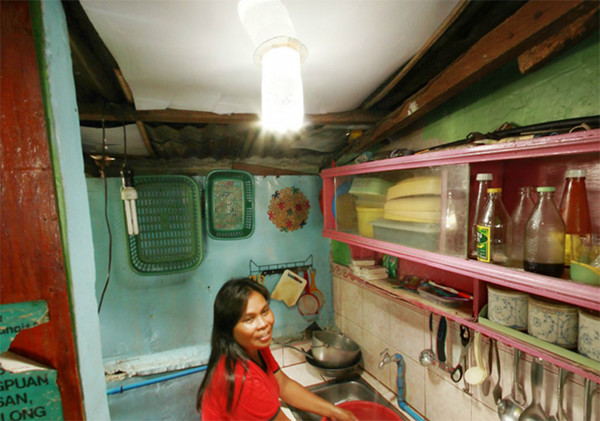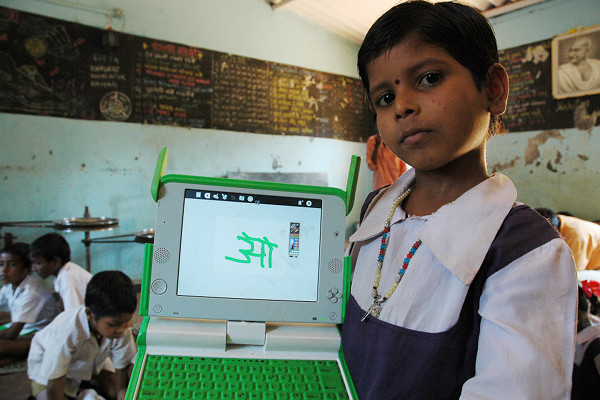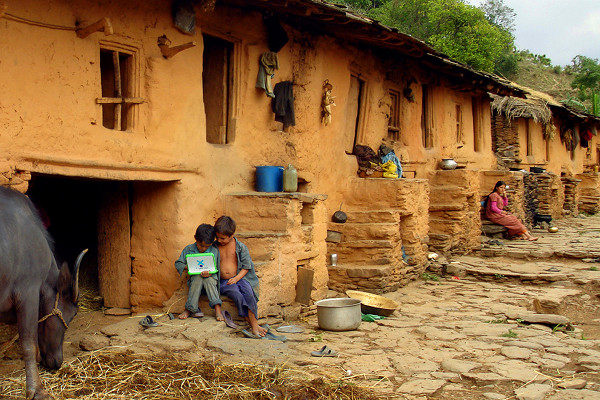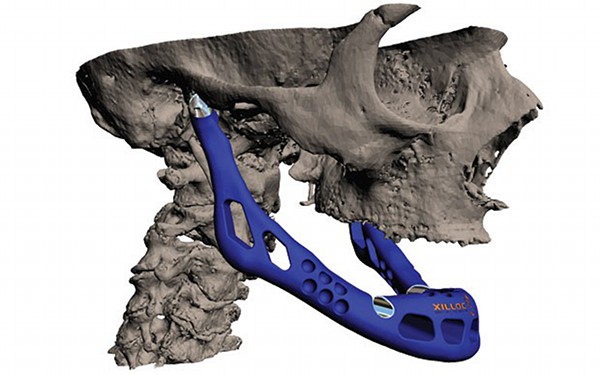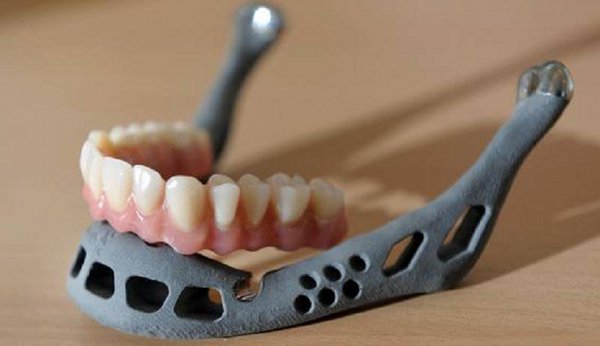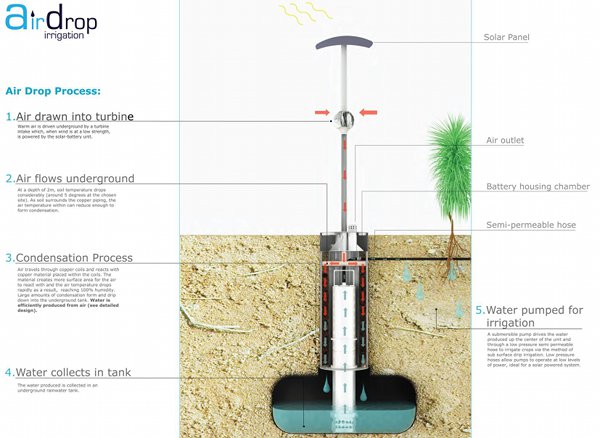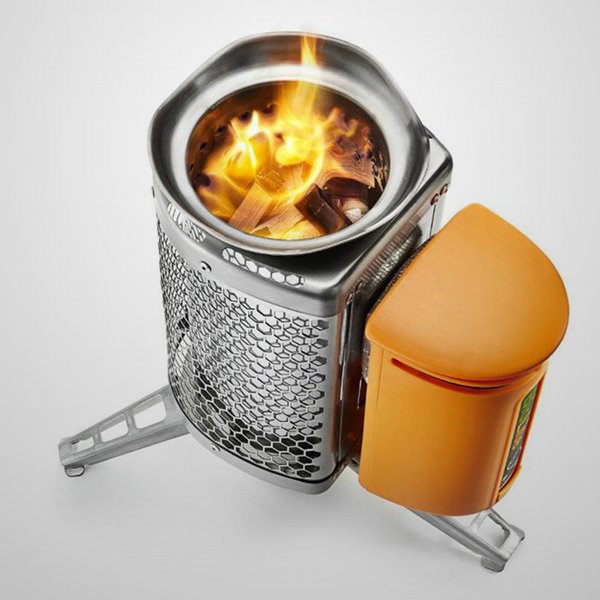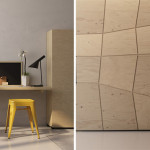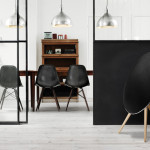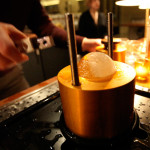View in gallery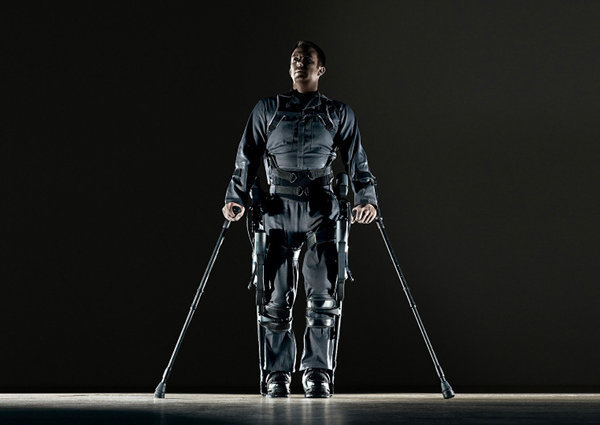
Design can be a whole lot more than a point of attraction for today’s consumer. Design can be meaningful, it can serve a purpose and help create a better world for everyone in this global community. So beyond the iPad, the luxury watch, the contemporary home and the next gen gaming console, how can design help those that don’t have the same access to the consumer idols of today? Join us to explore ten items which save lives and enrich others with a level of freedom that many of us take for granted. This isn’t just design– it’s design for a purpose.
BioLite Clean Burning Kitchen Stove
View in gallery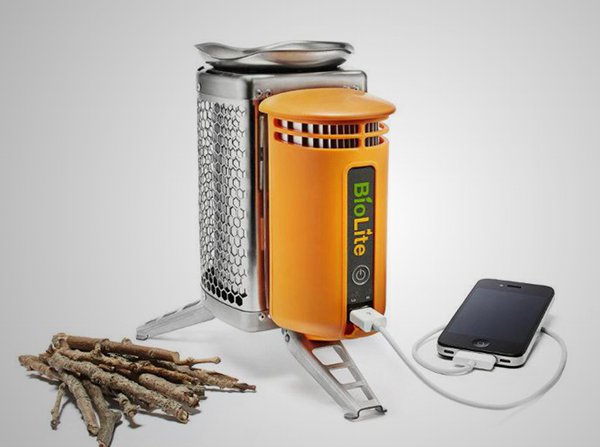
Could a twig-fed stove really make for a better world? Absolutely. The Biolite HomeStove burns available fuel, in the form of wood kindle and tinder, in a clean and efficient way that produces a lot of heat with negligible smoke or pollution. Over half of the world’s population cooks over an open flame in poorly-ventilated conditions, and the smoke inhalation leads to diseases and death in over 2,000,000 annually. To refine the cooking process, where citizens of the third world can cook in their homes without harmful smoke, is to revolutionize how half of the world produces their meals. What’s more, the BioLite device includes a USB charger, which might seem like overkill. In Africa alone, there are 500,000,000 active mobile phones, and by 2020, every single citizen of the continent is likely to own a mobile device. The inclusion of a USB charger, which feeds off of the heat this stove provides, makes this a revolutionary device for the developing world.
Biolite HomeStove Gallery
View in gallery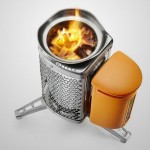 View in gallery
View in gallery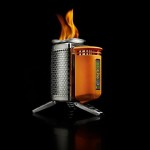 View in gallery
View in gallery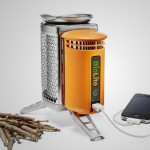
Braille Smartphone Design
View in gallery
Our mobile devices help us connect with the world around us and the people within it. Can a mobile device help an impaired person connect with a world that is far more foreign than it is to us? The DrawBraille Smartphone design by Shikun Sun was conceived to do just that. This device features a screen and keyboard of responsive braille characters that allows a vision-impaired person to use the communication systems and applications of modern mobile technology. Want to send an SMS, execute a google search or get directions? The ability for a blind individual to connect with these services is alive in this concept by Shikun Sun.
Braille Smartphone Gallery
View in gallery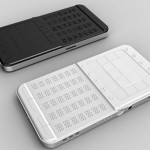 View in gallery
View in gallery View in gallery
View in gallery
AirDrop Irrigation Water Source
View in gallery
In drought conditions and arid environments, life can be challenging to sustain without access to water. The AirDrop Irrigation Water Source by Edward Linacre, the winner of the 2011 Dyson Awards, gathers water from thin air to irrigate crops. A turbine pulls humid air into the AirDrop, and as that air flows through a network of tubes to the cooler below-ground base, it condensates. An early prototype which was hand-built by Linacre gathered a liter of water per day that he could feed through drip irrigation to nourish nearby vegetation. The goal for Linacre’s project is to produce the AirDrop for farmers and gardeners in dry areas that are prone to drought conditions. Thereby, these farmers can sustain their livelihoods and provide for their families in the toughest, driest of times.
AirDrop Irrigation Water Source Gallery
View in gallery View in gallery
View in gallery View in gallery
View in gallery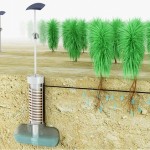
3D Printed Prosthetic Bones
View in gallery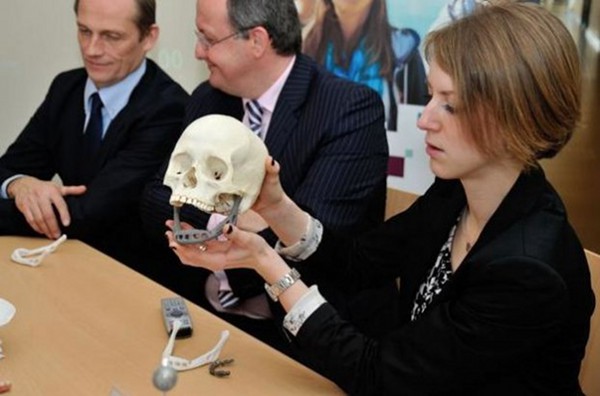
In theory, 3D-printed bones could revolutionize the medical field, where “replacement parts” are printed quickly and inexpensively to help trauma victims. In reality, it’s already happening. While the technique is in its infancy, there are people around the world with 3D printed bones in their bodies that are the early adopters to a new frontier in medicine. Earlier this year, a woman in her 80s was provided with a 3D-printed jaw, shown above. This is one of the first procedures of its kind, but it certainly will not be the last. In the near future, a bone may be designed, printed and surgically installed in a matter of hours.
3D Printed Prosthetic Bones Gallery
View in gallery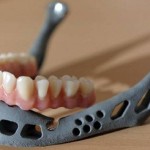 View in gallery
View in gallery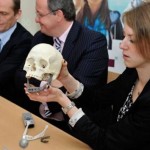 View in gallery
View in gallery
One Laptop Per Child
View in gallery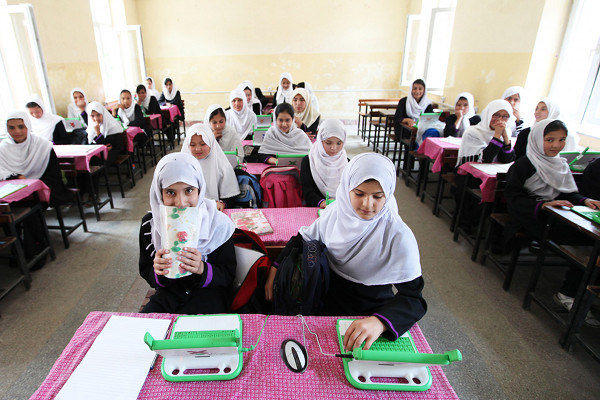
Can the first world give the gift of information, and all the benefits that come with it, to those with little hope in the developing world? This is precisely the question the people at One Laptop Per Child asked themselves in 2005, and have continued to work toward since. The goal is to develop a durable, inexpensive-yet-strong laptop to be funded by charity and delivered to children around the world. While the goal may have been lofty, the group has largely succeeded. As of 2011, the One Laptop Per Child group has delivered over 2.4 million laptops to students in the third world. The project continues to evolve to this day, as new versions of the OLPC are in development and the charity group is working to provide them to a new generation of children around the world.
One Laptop Per Child Gallery
View in gallery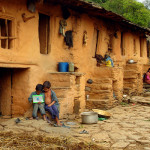 View in gallery
View in gallery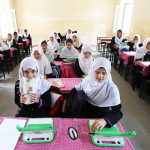 View in gallery
View in gallery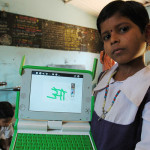
1 Liter of Light Project
View in gallery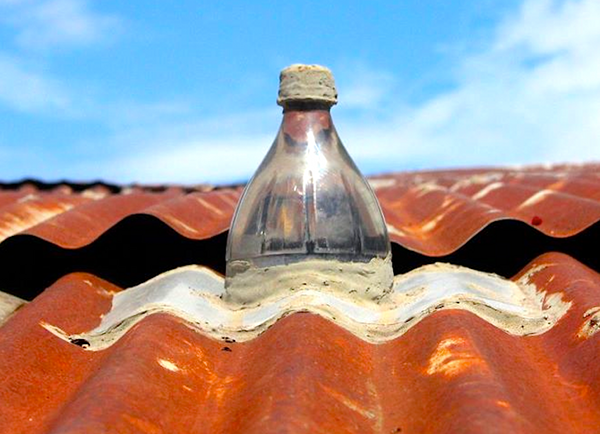
Revolutionary designs don’t need to be high tech. Just look at the 1 Liter of Light Project, for example. In the developing world, where electricity is not often readily available, discarded plastic bottles are commonly within reach. The 1 Liter of Light project shows communities how to turn these discarded plastic bottles into skylight-style illumination for shanties and other homes without access to power. Where windows don’t always work, due to a lack of glass or other materials, this upcycled design trend gives light where there was little before.
1 Liter of Light Project Gallery
View in gallery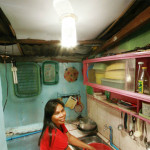 View in gallery
View in gallery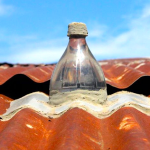 View in gallery
View in gallery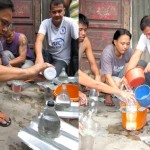
The Hippo Roller Water Transport
View in gallery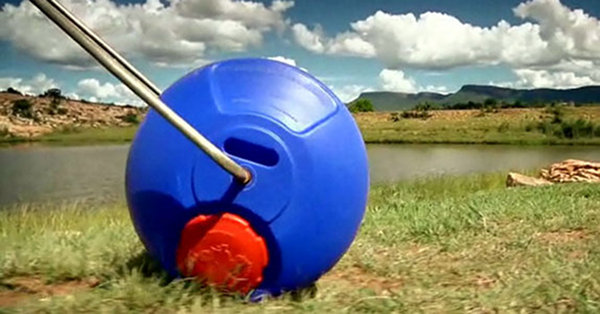
Every day, people around the world make multi-mile journeys just to gather clean water for drinking, cooking and cleaning. Before the Hippo Roller Water Transport, gathering and transporting that water was a challenge. The creators of the Hippo Roller didn’t have to reinvent the wheel here, they just had to look to it as inspiration. The Hippo Roller uses the common cylindrical form of a large barrel and adds a push handle, giving individuals in undeveloped countries a chance to move a lot of water over long distances with much less effort. Whereas it would normally take a small family a long trip with buckets of water, one person can transport a family’s water from source to home on their own.
The Hippo Roller Water Transport Gallery
View in gallery View in gallery
View in gallery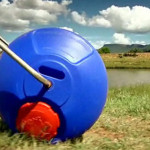 View in gallery
View in gallery
Smart Orthopedic Cast
View in gallery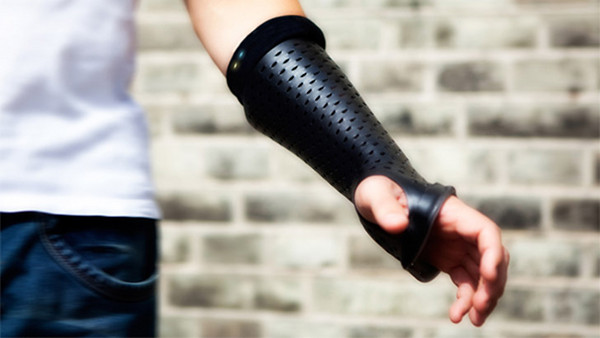
In the future, the way we heal may be a technically-involved process. The Smart Orthopedic Cast design by Pedro Nakazato Andrade is one example. This cast holds a wounded bone firmly in place, while gathering information from its wearer’s activity and development throughout the healing process. As the bone heals and the user becomes more active, data is gathered and shared with a patient’s doctor who can determine how the healing process is coming and give feedback to the wearer. Too much activity and too little rest can be noted by the doctor, and an updated regimen can be delivered to the patient.
Smart Orthopedic Cast Gallery
View in gallery View in gallery
View in gallery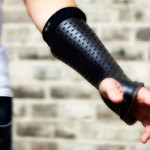 View in gallery
View in gallery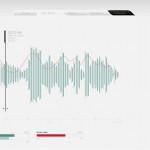
Ekso Bionics Mobility System
View in gallery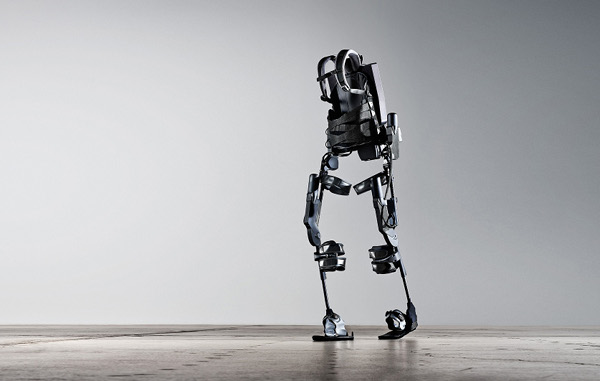
Sure, the Ekso Bionics Mobility System may look like a DARPA project ready for deployment by the military, but this system provides peaceful value closer to home. Ekso Bionics gives paraplegics the chance to walk upright and leave the wheelchair behind. It uses a system of braces, sensors and mechanical assistance that allows the physically-impaired the option of standing upright and moving like those with the benefit of uncompromised limbs. Of all of the items in this article, the Ekso Bionics system may be the most technically out-of-this-world. This is the kind of design we were all promised in the future of the 1980s, and it has finally arrived to those who need it most. The Ekso Bionics system is still being refined and as development continues, costs will drop and the promise of biped mobility will return to paraplegics in the future.
Ekso Bionics Mobility System Gallery
View in gallery View in gallery
View in gallery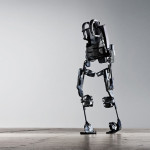 View in gallery
View in gallery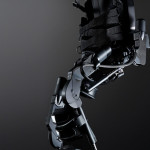
The Mobile Phone in the Third World
Above, we touched on the omnipresence of mobile devices in the developing world. 5 in 6 people living today own a mobile phone, and that number will rise to 100% saturation by 2020 in the continent of Africa alone. While this device is commonplace in our world, it has been revolutionary in Africa. This is true for many reasons, but two of important merit today. Millions of people throughout Africa use the M-Pesa mobile payment system, which rivals cash, checks and plastic as one of the most pervasive forms of currency. As shown in the video above, M-Pesa payments reflect 11% of Kenya’s GDP. Second, mobile phones and the social uses of them, like Twitter and Facebook, were the technical weapon of peace used to organize the Arab Spring in Tunisia, Egypt, Libya and elsewhere. This technology, overlooked due to its regularity in the US, has revolutionized the way Africans utilize currency and it has even driven revolutions in government. While few may consider a basic mobile phone to be the most important design of the last year, it was a design of individual and social freedom in 2011 in Africa.
– – – – – – – – – –
Thanks for reading, we hope you enjoyed this exploration of revolutionary designs for a purpose. Is there a design, idea or piece of technology that made this a better world where you live? Feel free to share with us in the comments. We believe that purposeful design and open technology can make this a better world, and we stand firmly behind these ten examples.
